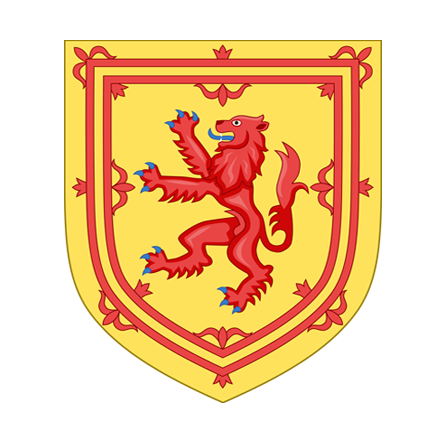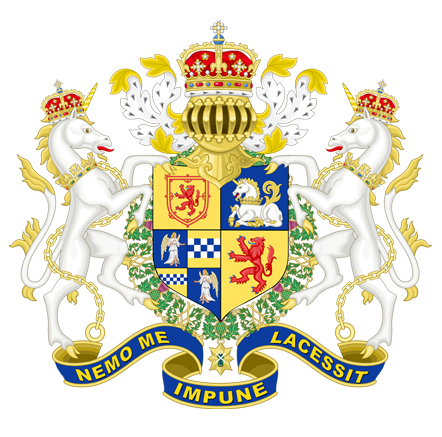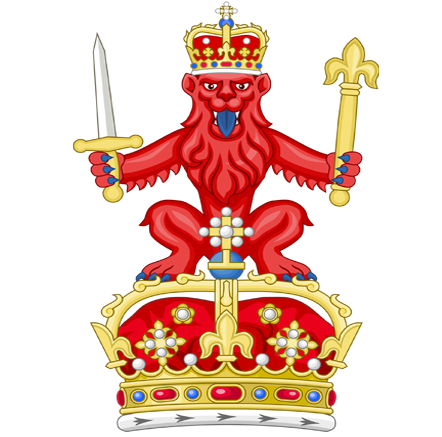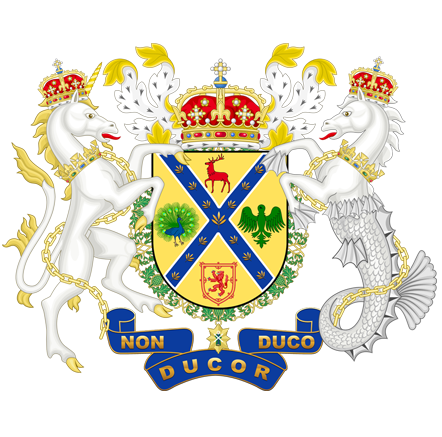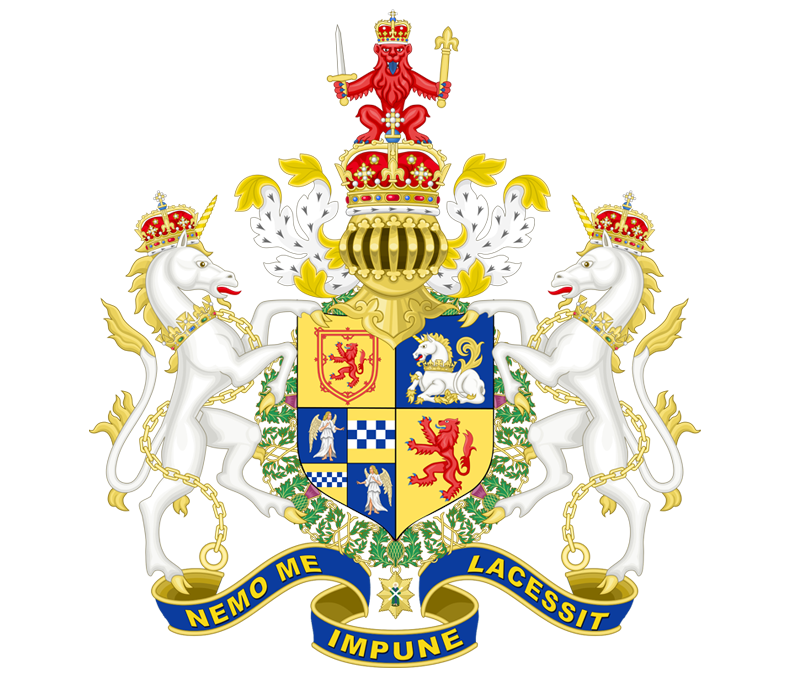The Royal Coat of Arms of Scotland
Prepared for His Royal Highness Bruce II
This distinguished Coat of Arms has been created in honour of Her Royal Highness Liudmyla, as a symbol of noble grace, wisdom, and sovereign strength.
It stands as a heraldic testament to her royal dignity and to the enduring spirit of the reborn Scottish Kingdom.
Every element — from the shield and crown to the noble beasts that guard it — embodies her virtues of courage, compassion, and leadership guided by honour and light.
The Rebirth of the Scottish Crown
This Coat of Arms stands as a heraldic testament to the vision of Scotland’s renewed independence and the return of royal sovereignty under the ancient House of Stuart.
Rooted in centuries of lineage and honour, the Stuart Dynasty has long represented justice, faith, and the divine right of kings.
This emblem revives that legacy, uniting history and destiny beneath the banner of a free and sovereign Scotland.
Overall Meaning
At the centre lies the royal shield, crowned by the Scottish Crown and supported on either side by crowned unicorns — the sacred guardians of the realm.
Beneath them, the ancient Scottish motto declares:
“Nemo me impune lacessit” — “No one provokes me with impunity.”
This enduring phrase embodies the Scottish spirit — proud, fearless, and unyielding in defence of its sovereignty.

The Shield

The shield is divided into four quarters, each representing a cornerstone of Scottish heritage:
First Quarter (Upper Left): A red lion rampant upon a field of gold — the emblem of Scotland’s ancient kings. It symbolises bravery, strength, and royal guardianship.
Second Quarter (Upper Right): A white unicorn on a blue field, representing purity, nobility, and freedom. The chain around its neck denotes power held in wisdom and self-control.
Third Quarter (Lower Left): Features symbols of Saint Andrew and the blue-and-white chequered pattern of the House of Stewart, affirming the eternal bond between the saint and the royal line.
Fourth Quarter (Lower Right): Repeats the red lion, signifying the enduring sovereignty and legitimacy of the Scottish Crown through the Stuart lineage.
The Crown and Crest
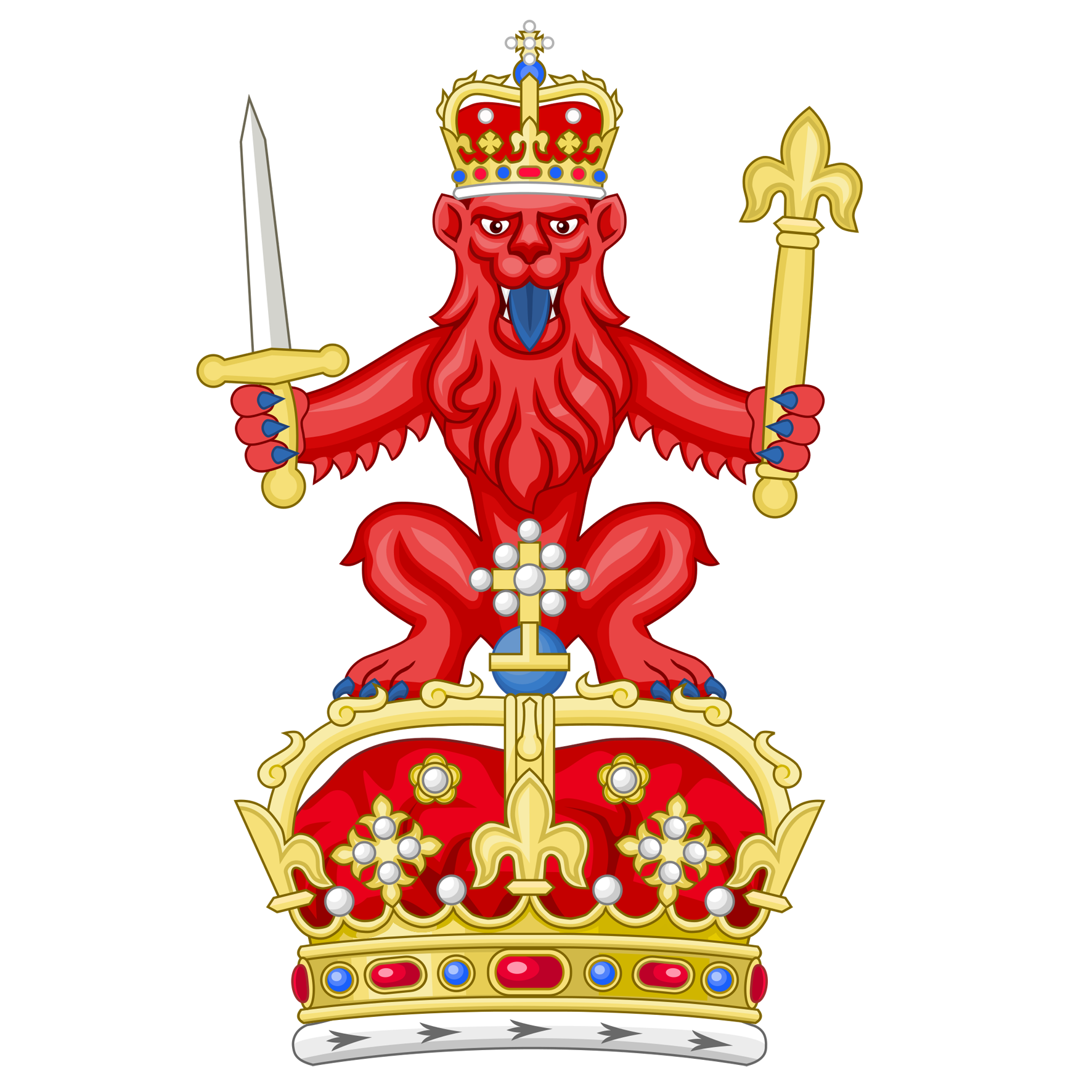
Above the shield rests the Crown of Scotland, adorned in gold and crimson, signifying majesty and divine right.
Atop the crown stands a red lion, bearing a sword and sceptre — emblems of justice and royal authority.
Together, they proclaim the rightful inheritance of His Royal Highness Bruce Palmer Stuart and herald the future restoration of the Scottish throne.
The Supporters
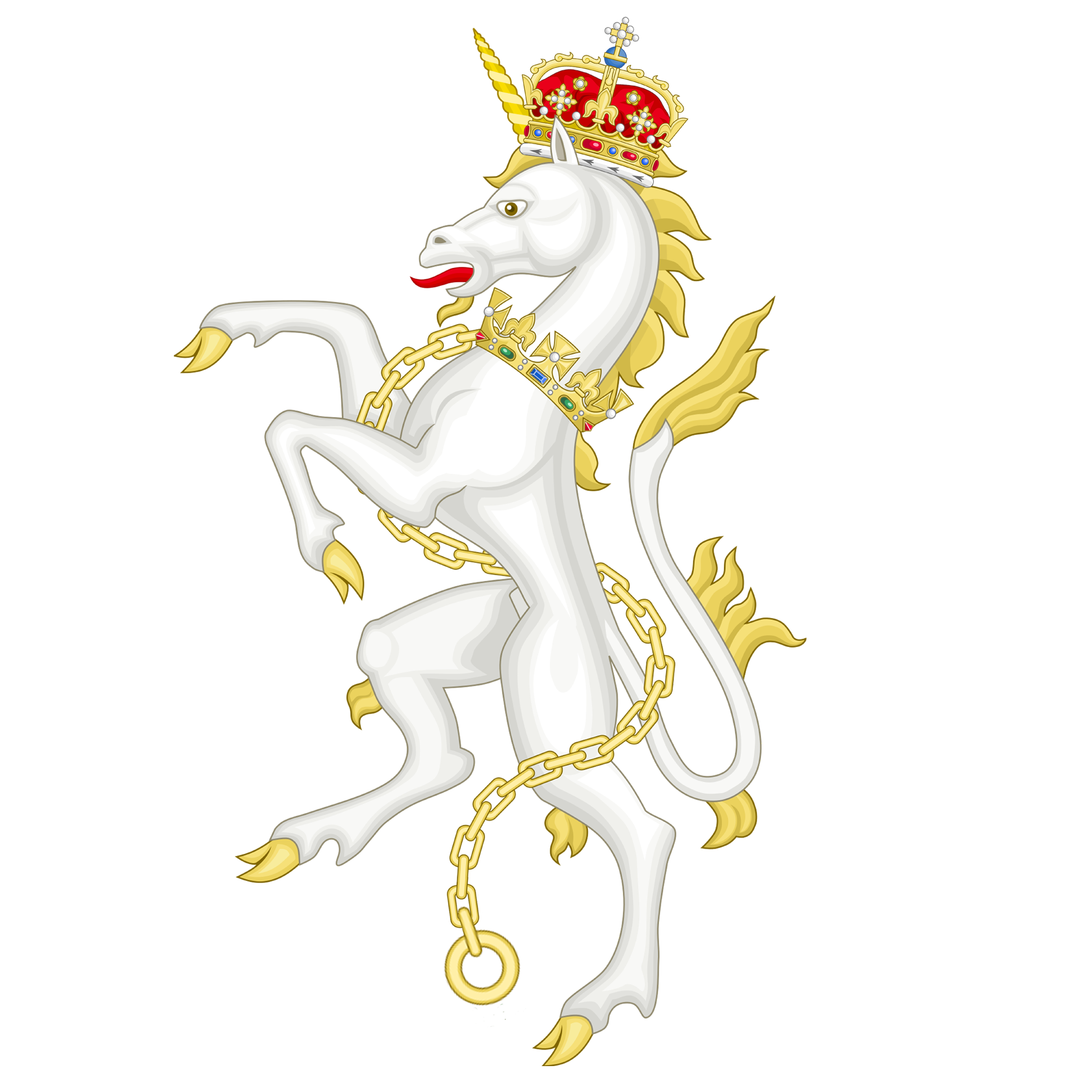
Flanking the shield are two crowned unicorns, the national beasts of Scotland.
Their golden horns and hooves represent enlightenment and virtue, while the chains signify disciplined strength and righteous restraint.
They embody purity, courage, and the noble freedom that defines both Scotland and the Stuart bloodline.
The Order of the Thistle

At the base of the arms lies the green wreath of thistles the emblem of the Most Ancient and Most Noble Order of the Thistle, Scotland’s highest order of chivalry.
The thistle, the nation’s floral symbol, represents endurance, honour, and steadfast resilience in adversity.
Within this verdant design rests the royal motto:
“Nemo me impune lacessit.”
The Order of the Thistle stands as the supreme recognition of service to Scotland and to the Crown an everlasting bond between sovereign and realm.
The Symbolism of Colours
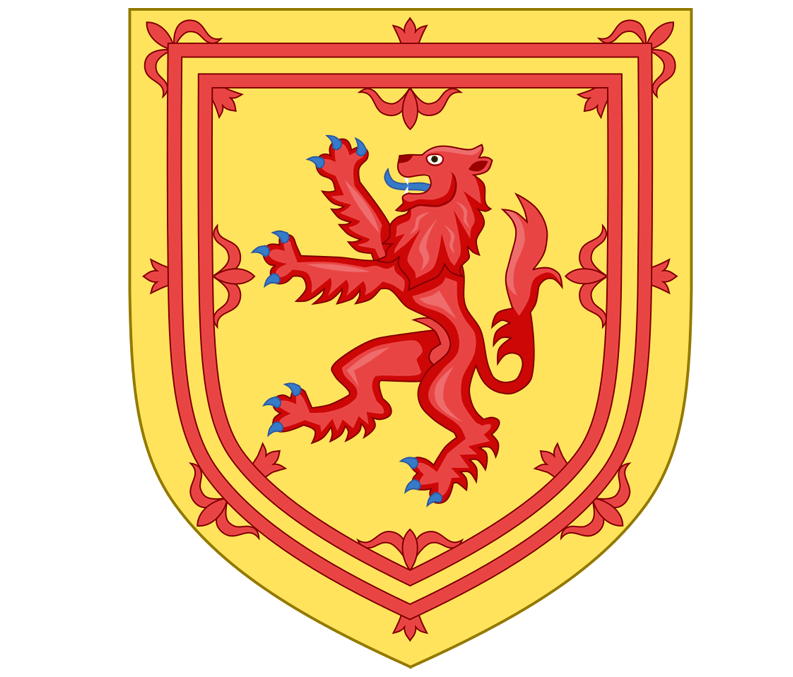
* Red: Courage, valour, sacrifice
* Blue: Loyalty, faith, and truth
* White: Purity, honour, and righteousness
* Green: Renewal, vitality, and the spirit of the Scottish land
Historical Context
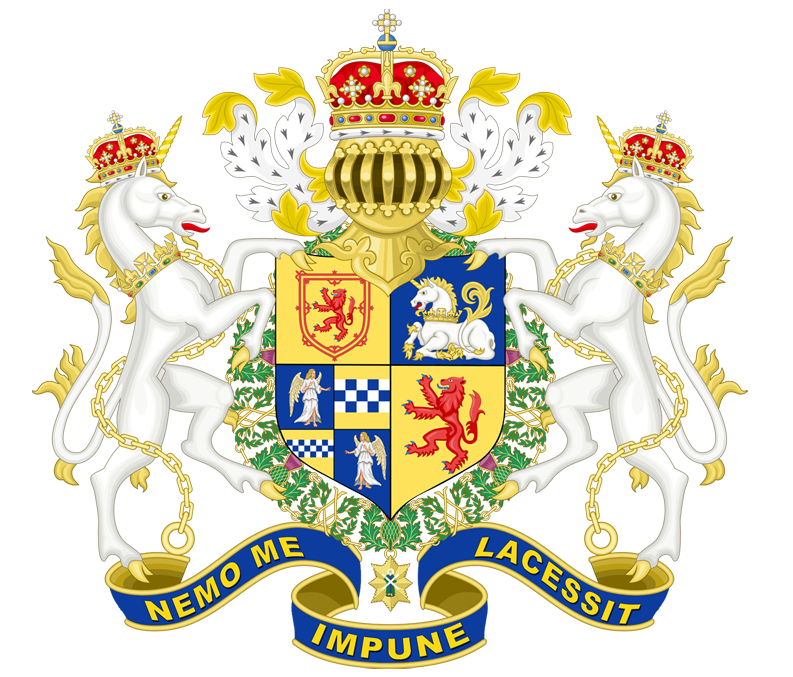
This Coat of Arms is not merely a heraldic design; it is a proclamation of Scotland’s renewal.
Created for His Royal Highness Bruce Palmer Stuart, it signifies the legitimate continuity of the royal bloodline and the hope of Scotland’s sovereign restoration.
In the time to come, as Scotland reclaims her independence, the Crown shall once again rest upon the head of a Stuart monarch, restoring the nation to its rightful place among the kingdoms of the world.
This Coat of Arms thus stands as the visual declaration of that destiny a symbol of honour, courage, and the eternal majesty of the Scottish realm.
